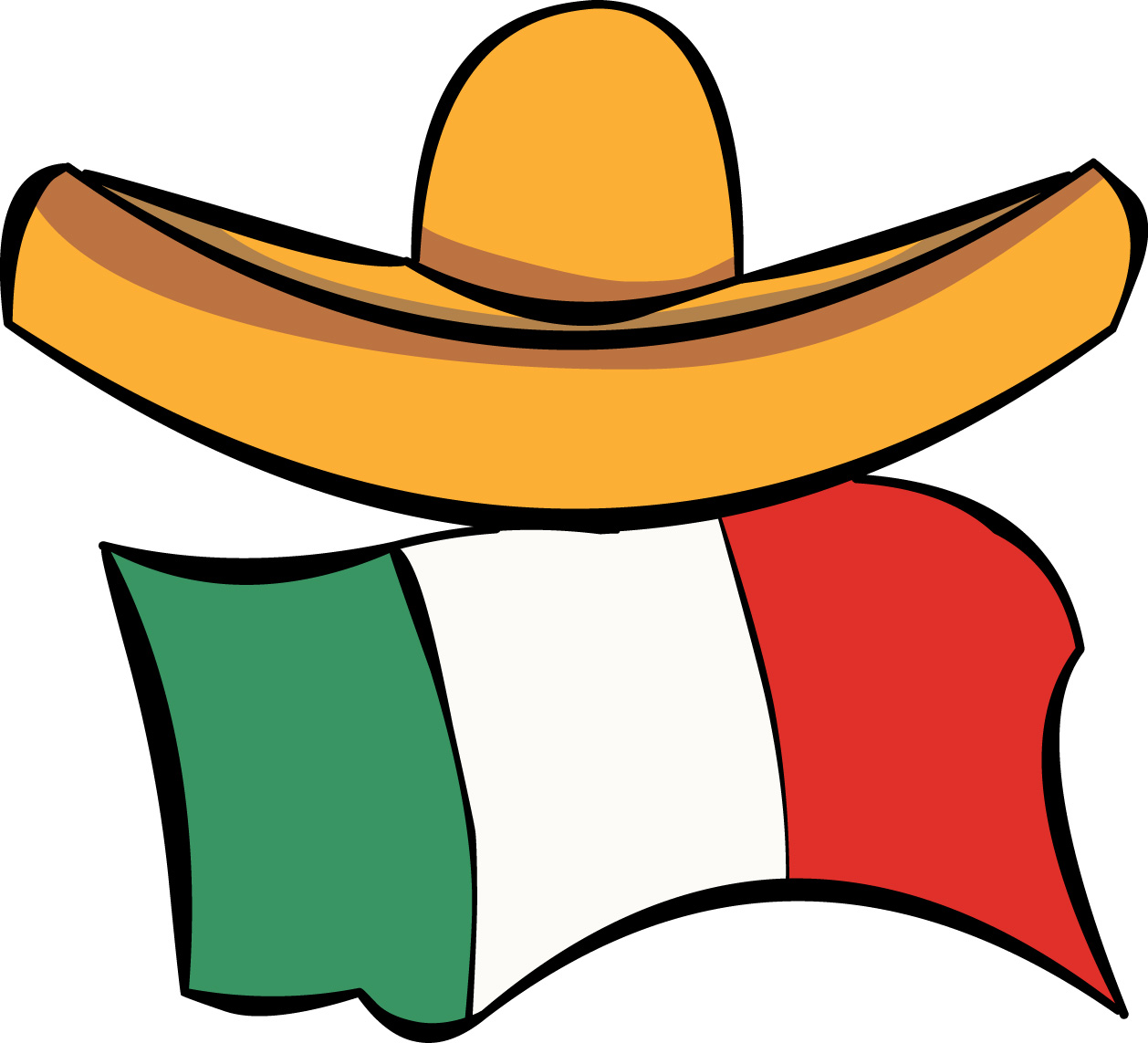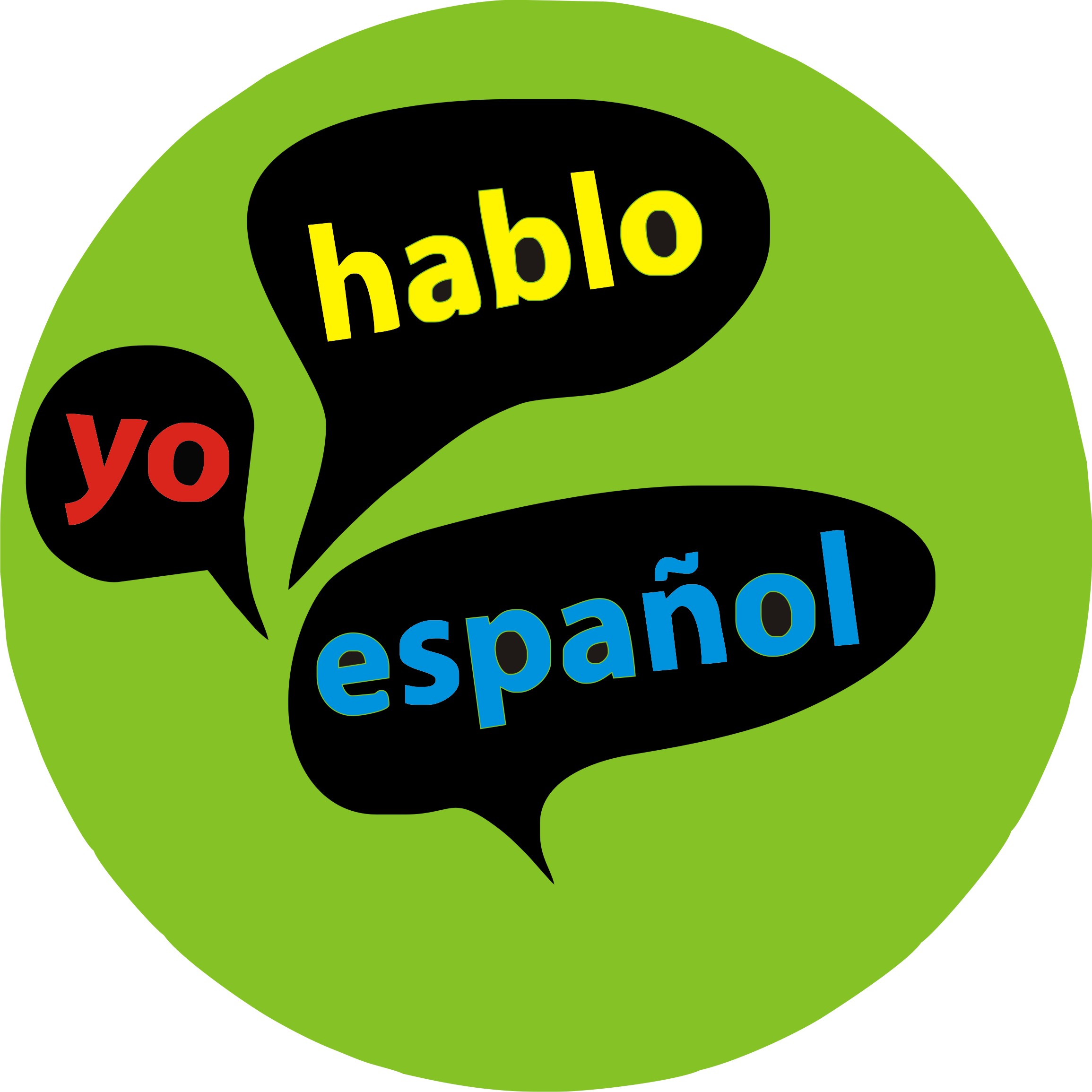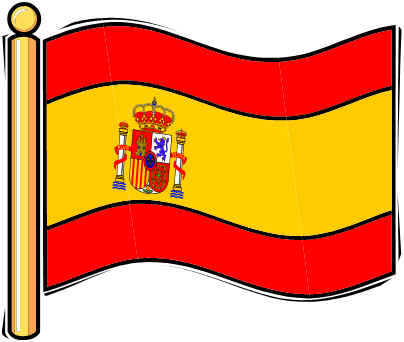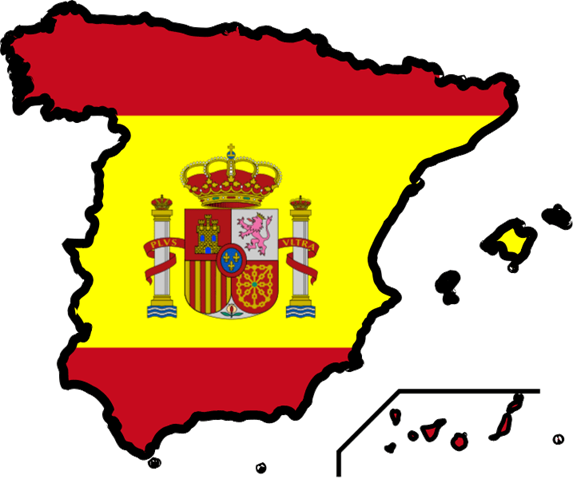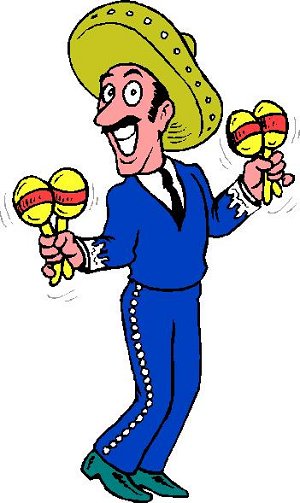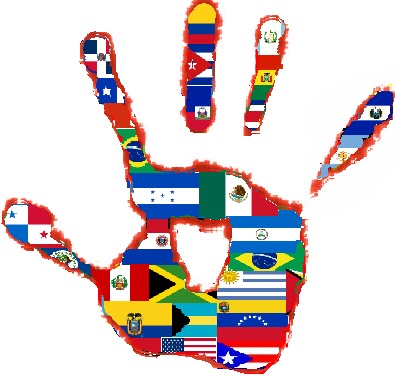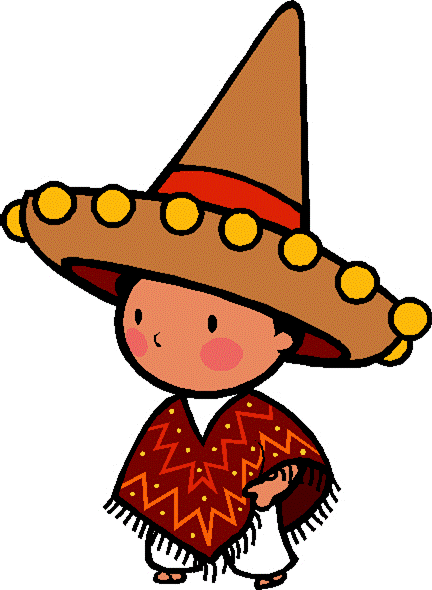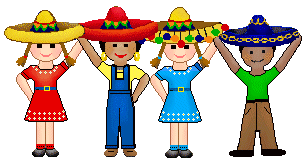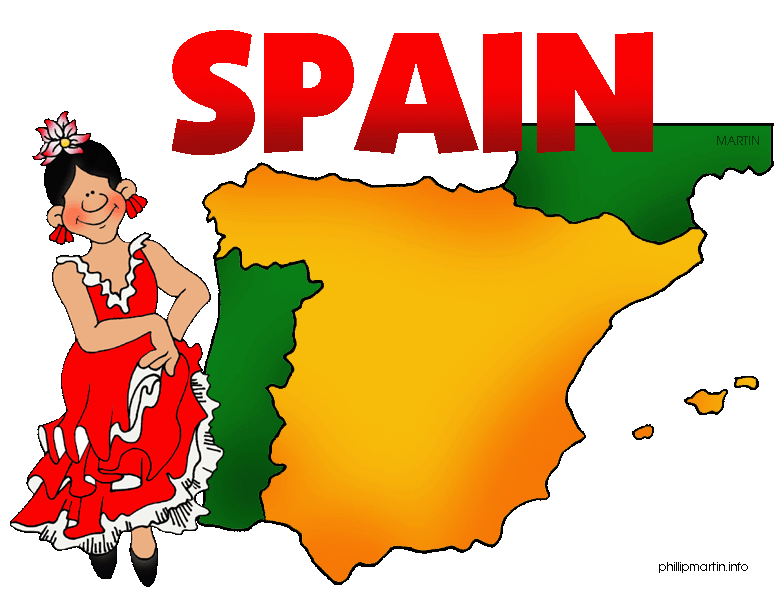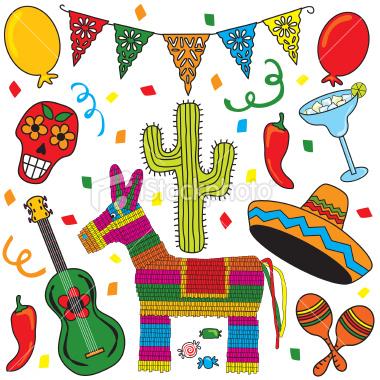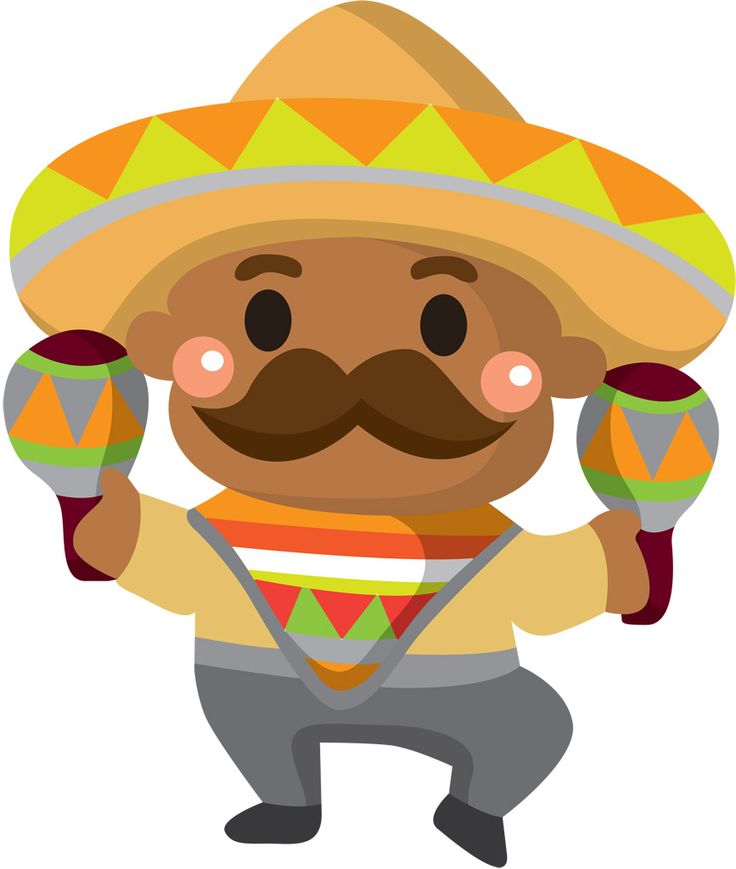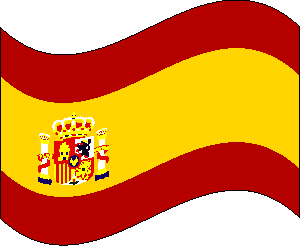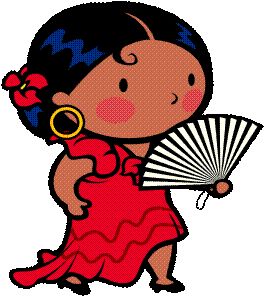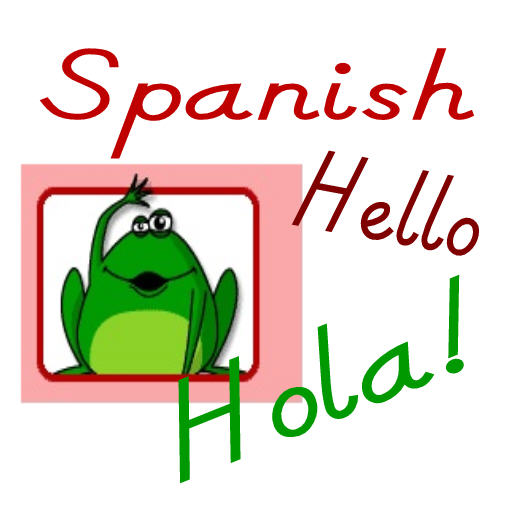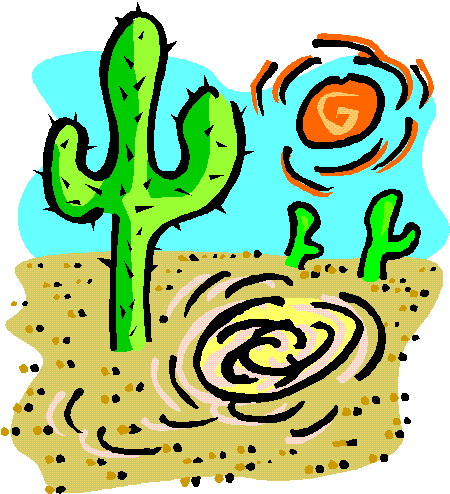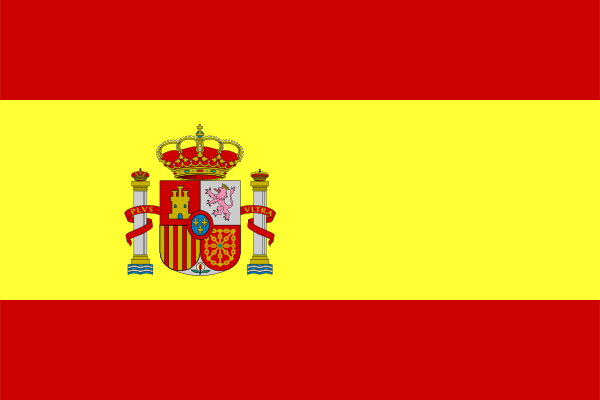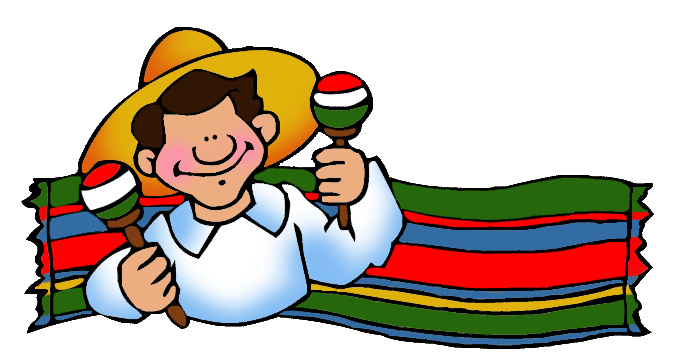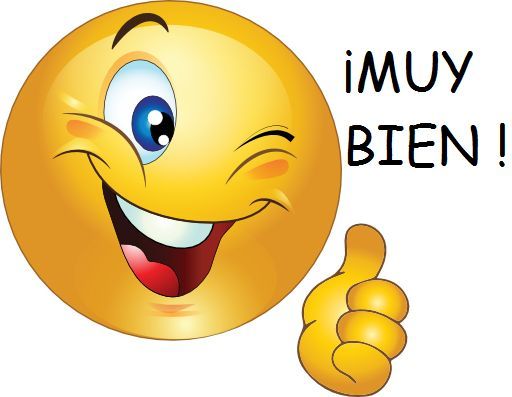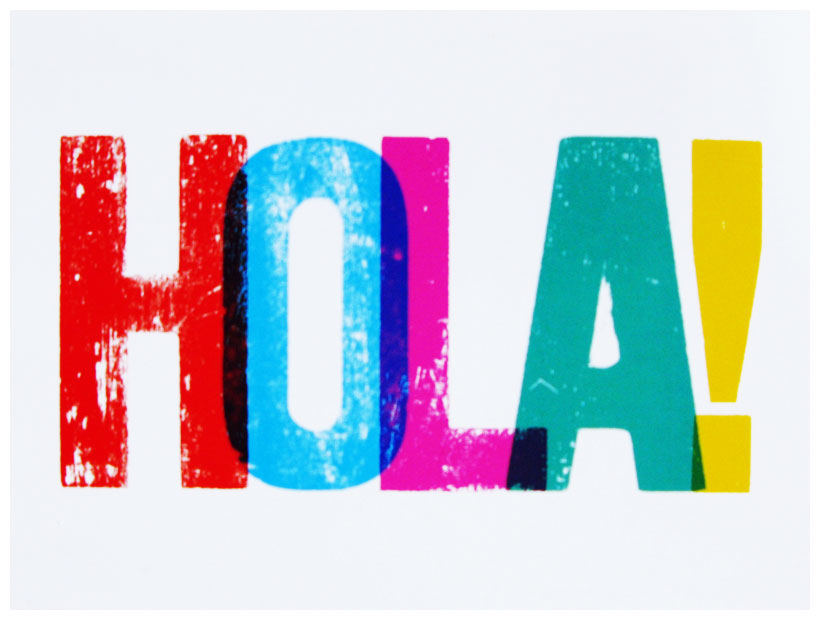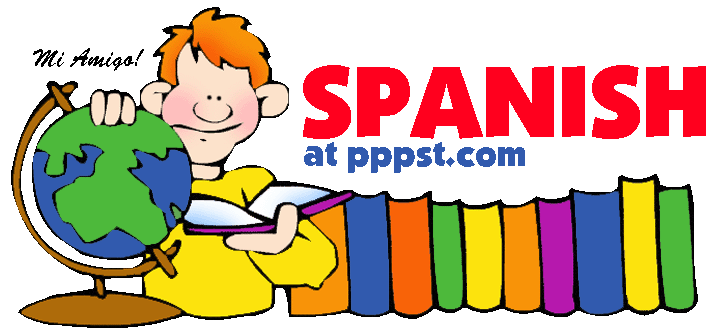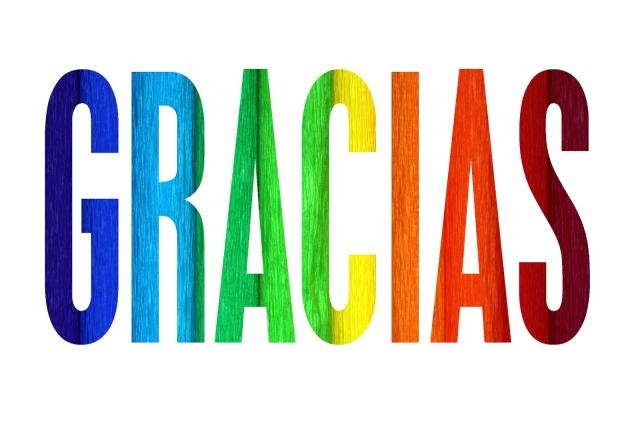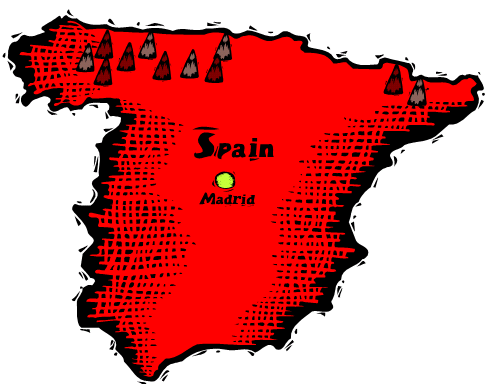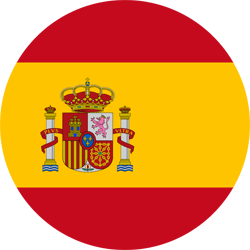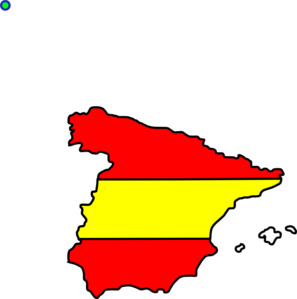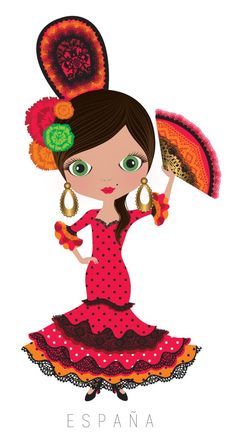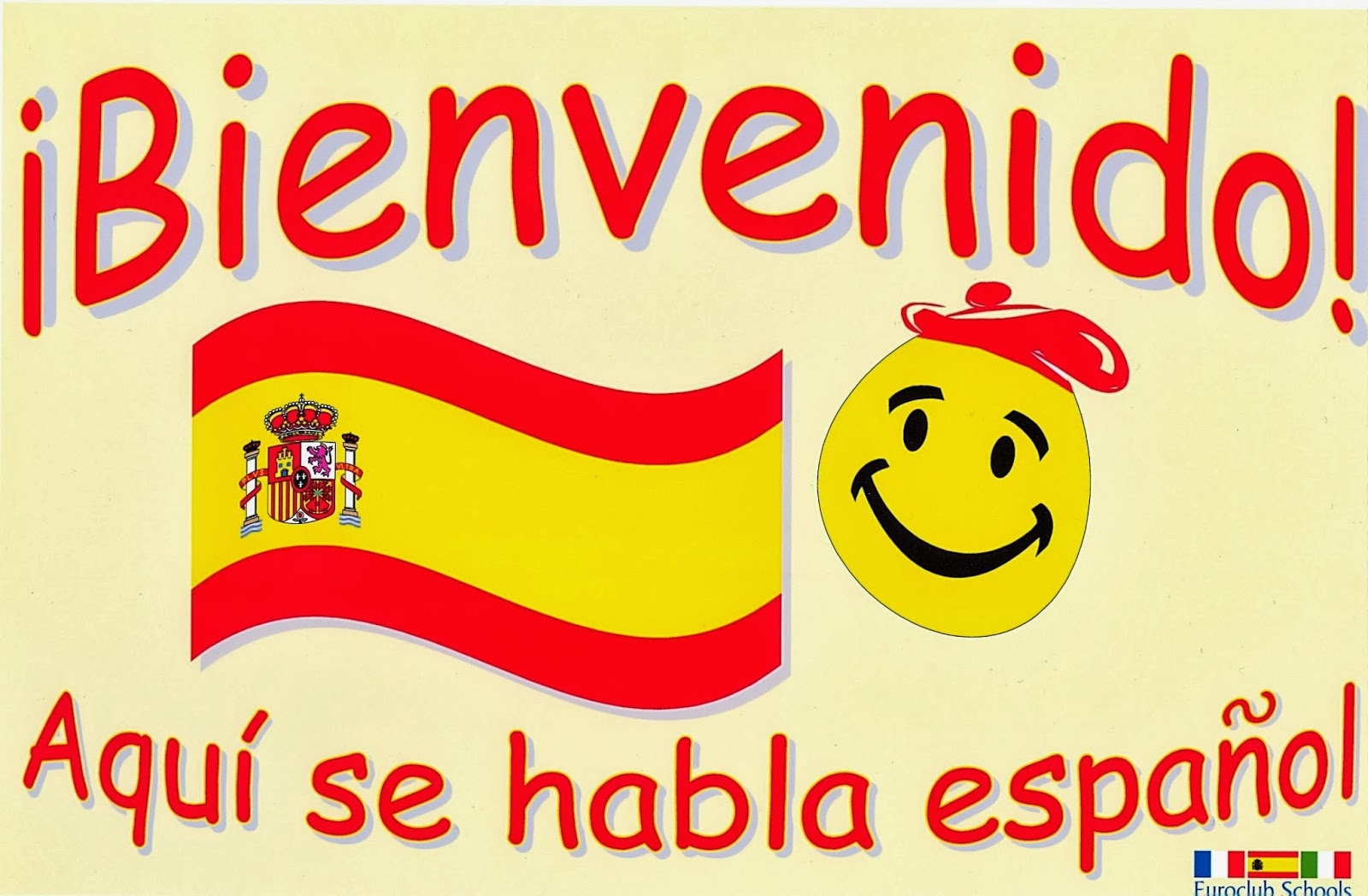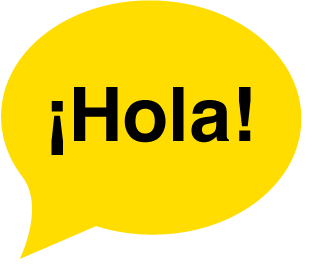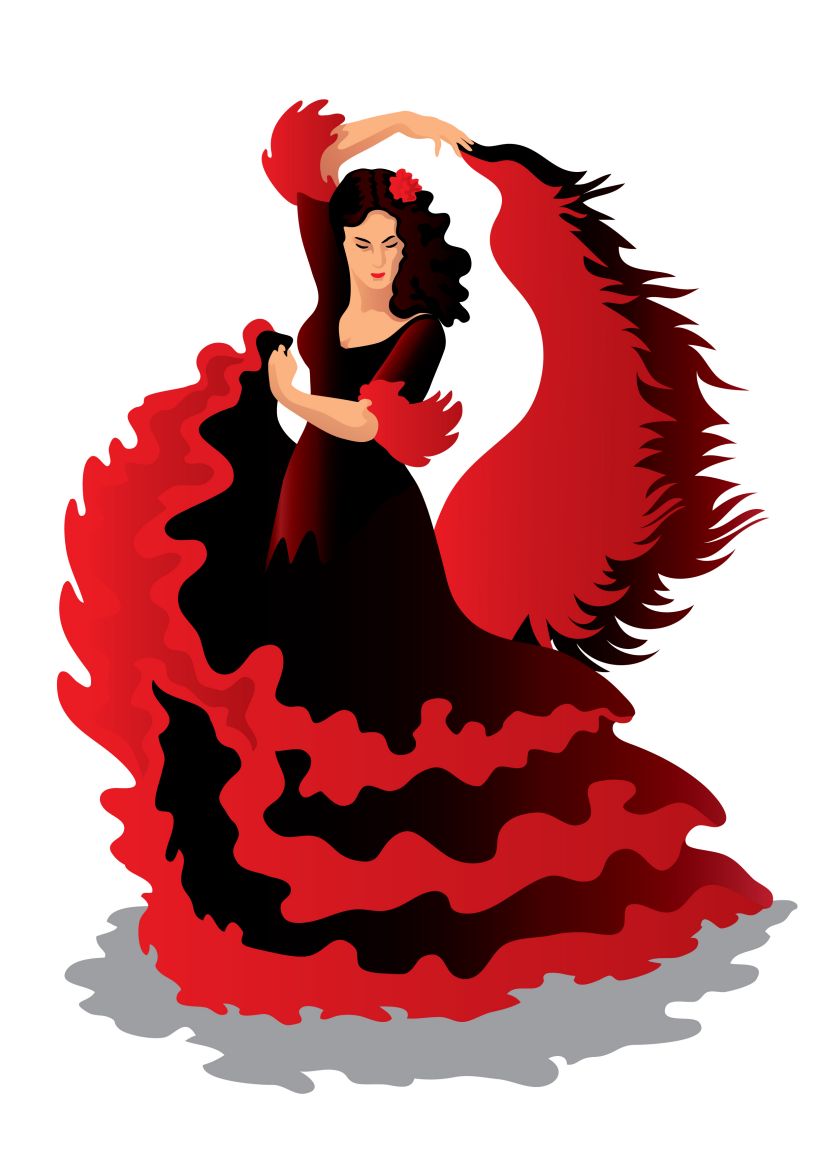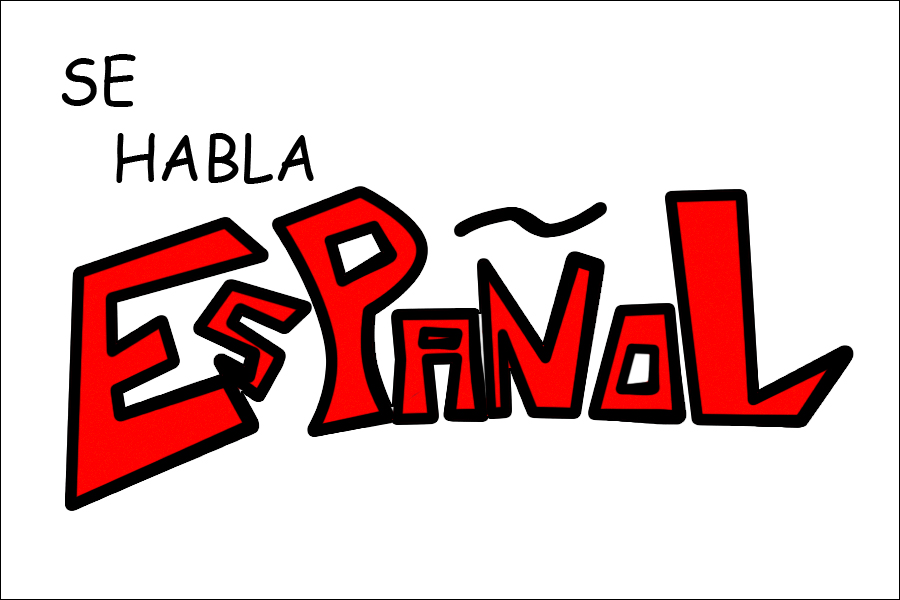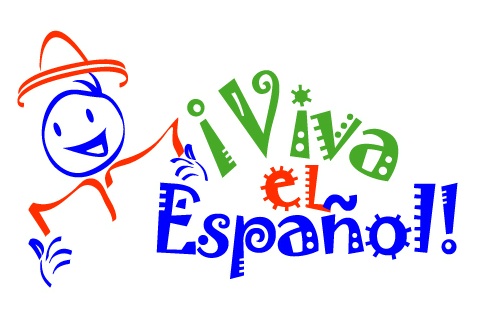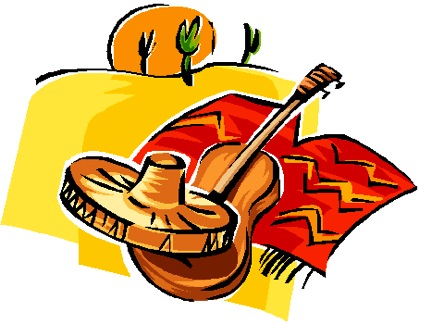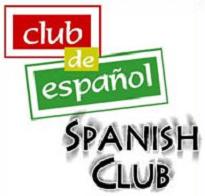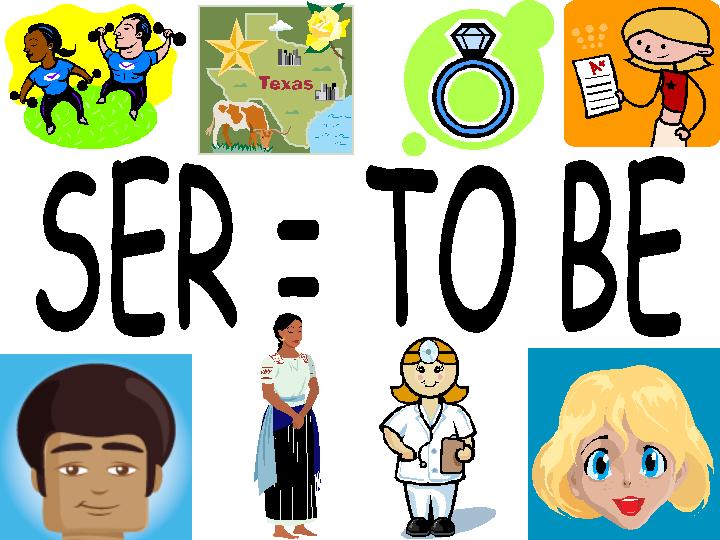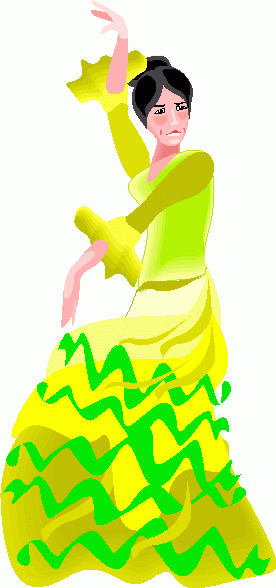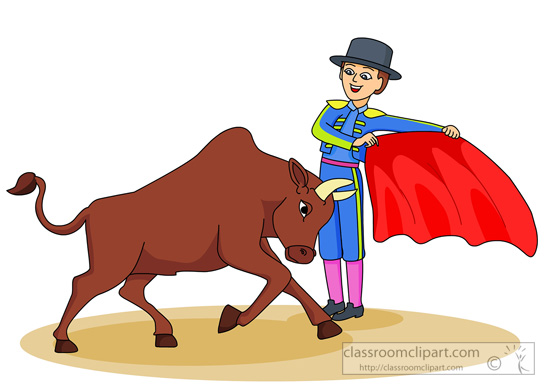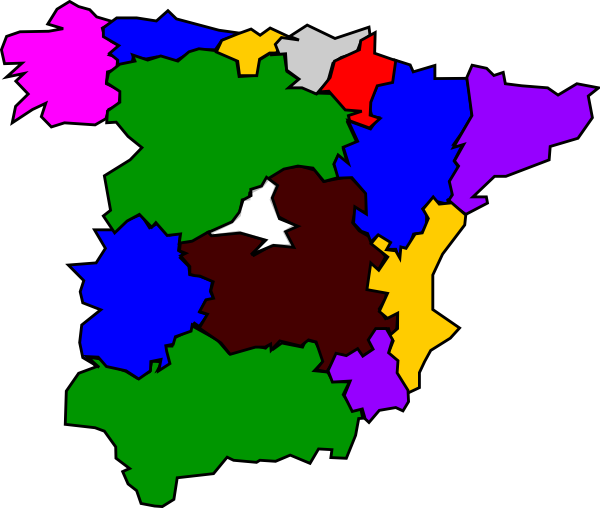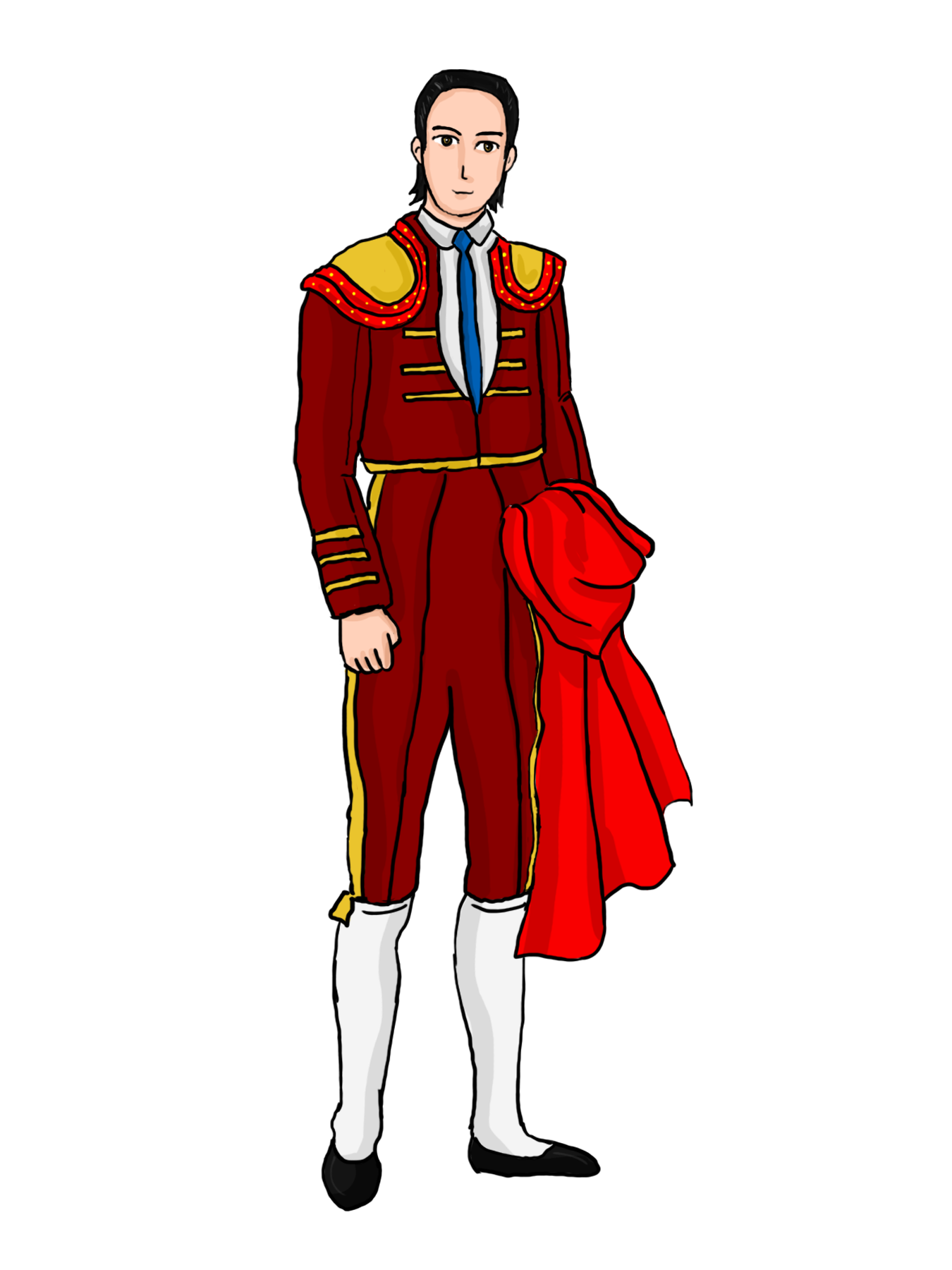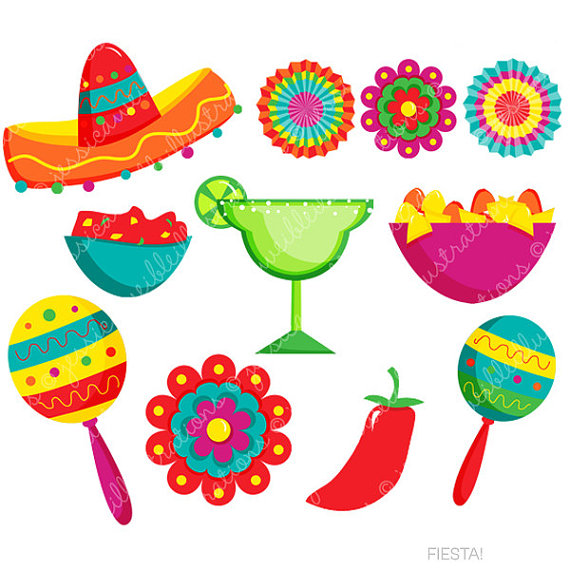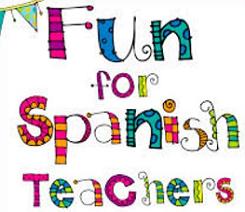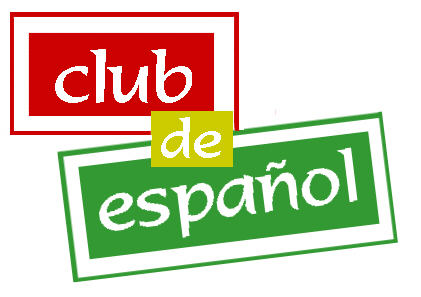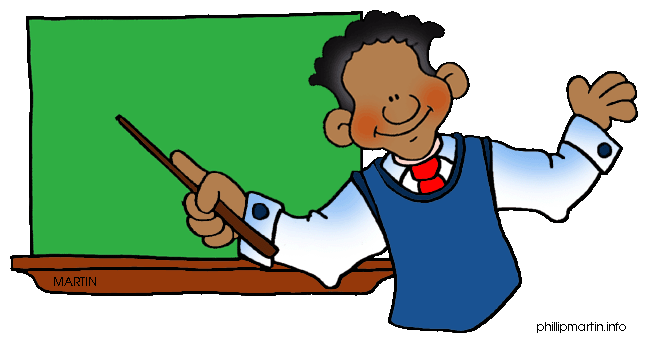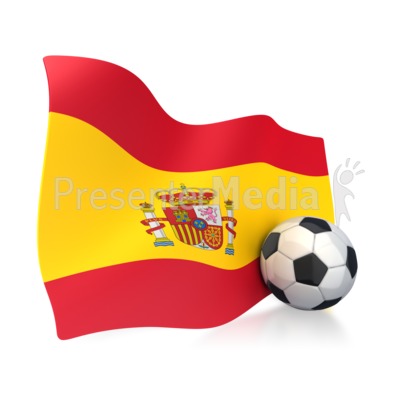Spanish Clip Art
With over 480 million native speakers globally, Spanish is the second most spoken language in terms of first-language speakers. Spanish is the primary language across South America, various parts of North America, Spain, and Equatorial Guinea. Its linguistic reach continues expanding in regions with growing Hispanic populations.
Spanish is labeled as one of the easiest languages for native English speakers to pick up. Yet mastery requires dedication to grammar intricacies and vocabulary breadth. This article provides an overview of key elements defining the Spanish language. We will also showcase Spanish clipart adds visual intrigue reflecting Hispanic heritage.
The History and Evolution of Spanish
Linguistically, Spanish is a Romance language – branching from Vulgar Latin introduced by the Roman Empire upon invading the Iberian Peninsula in 210 BC. As Roman governance waned around the 5th century AD, native Iberian languages blended with simplified regional Latin to form early Spanish dialects.
The language continued evolving under the influence of Germanic tribal invasions and eight centuries of Moorish rule. By the 15th century when Catholic monarchies reclaimed control, Old Spanish shared similarities to modern dialects – with borrowed Arabic terms. As Spanish explorers and colonizers spread across the Americas and trade routes opened, the language expanded greatly during the Imperial Golden Age.
Today’s global standard Spanish grammar and vocabulary derives from Castilian origins. However, migration and globalization leads to cross-pollination with indigenous languages like Quechua, Maya, Nahuatl plus creoles, signifying Spanish remains a living language adapting to contemporary contexts.
Learning and Speaking Spanish
Spanish is considered one of the most straightforward languages for native English speakers to pick up owing to familiar Roman alphabet and grammar parallels in conjugating verbs. High levels fluency however requires dedication through varied inputs – apps, classes, videos, conversations clubs etc.
Developing conversational confidence needs plunging into full linguistic immersion whether living abroad or intentionally not translating interactions within local Spanish-speaking diasporas. Learners should not limit themselves to academic Spanish lacking colloquialisms and slang. Rather they ought to embrace regional dialects’ charming quirks. Even basic familiarity with Spanish opens doorways to connect across cultures.
Spanish in Education
In the United States public schooling system, Spanish language education remains limited unlike Europe and Latin America where English mastery is prioritized. Yet the benefits Spanish literacy impacts all students – native and non-native speakers alike.
Bilingual students demonstrate improved memory, problem-solving, enhanced test scores in other subjects, and multicultural empathy. Spanish-English dual immersion programs are on the rise as parents recognize biliteracy as an asset. Consequently educational resources, assessments, and publications seek proper Spanish representations – hence the need for accurate Spanish clipart in instructional materials.
Key Elements of Spanish Grammar
Spanish grammar shares similarities with English but notable differences contribute unique cadence and sentence structures. Nouns have masculine/feminine designations. Adjectives agree accordingly. Formal/informal pronoun use requires cultural fluency. Distinct conjugation patterns expand verbs demonstrating context and speaker relationships. Precision with articles, prepositions demonstrate advanced abilities resisting direct translation.
Inverted exclamation and question marks begin sentences distinguishing tone upfront. Ñ character represents “ni” sound absent from English phonology. Omitting proper accents changes word meaning completely. Language mastery involves both technical grammar and nuanced phrasing. But this makes eloquent Spanish prose all the more captivating.
Spanish Vocabulary and Common Phrases
Expanding vocabulary breadth aids conversational skill and cultural insight. Colloquial terms offer contextual peeks into daily life – common slang, foods, endearing nicknames like “mi amor”. Children’s stories and songs teach rudimentary nouns surrounding home, animals, basics. Telenovelas and movies feature familial titles – tía, abuelo.
Everyday phrases provide building blocks for newcomers. ¿Cómo estás? ¿Qué tal? ¡Buenos días! Contractions save syllables~Para atrás, delante. Mastering names of countries, cities and public spaces expands navigational abilities. Soon enough whole paragraphs form to express ideas. ¡Sigue así!—Keep at it!
Spanish Punctuation Marks and Symbols
Clear written communication requires correct usage of standard marks – periods, commas, question marks plus uniquely Spanish inverted variants open interrogatives/exclamations. Proper diacritic accents over vowels (á, é, í, ó, ú) change meanings, pronunciations completely.
The derecha de interrogación ¿ and derecha de exclamación ¡ must begin lines, closing at end. Informal writing embraces ellipsis … indicating unfinished thoughts. Em dashes — and quotation dash indicate exchanges. Etiquette notes abbreviate formal titles – Sra., Srta., Dr. Plus a nuestro favor is Unicode character set allowing ñ, ¡easy inclusion on digital devices.
Celebrating Hispanic Culture
Beyond mechanics, the Spanish language intrinsically ties to rich cultural traditions and perspectives associated with the diverse 25 countries comprising the Spanish-speaking world. Their vibrant influences surface in regional dialects, idioms, favored ingredients.
Festivals like Mexico’s Dia De Los Muertos merge Aztec rituals with Catholic observances into a unique syncretic form of remembrance. Cuba’s poetic lyricism and Puerto Rico’s coquí frog inspired odes showcase prideful ingenuity. Even nominally Anglo nations host culturally Hispanic populations worth celebrating for their duality strengthening social fabrics.
Spanish Clip Art and Design Elements
Clip art and graphic elements influenced by Hispanic cultures offer dynamic visual aids. Flourished fonts emulate chic calligraphy. Headings framed by maracas and chili peppers lean into motifs. Scientific diagrams can depict native fauna like iguanas and toucans for localized resonance.
Patterns include: azulejos mosaic tiles, papel picado banner cutouts, woven textiles, embroidery. Adventure illustrations set scenes across landmarks like Chichén Itza, Patagonian Mountains, Amazon rainforest or Atacama Desert. Figures in folkloric attire dancing flamenco communicate traditional vibrance. Every image should authentically align to Hispanic viewpoints.
Practical Uses of Spanish Clipart
How else might designers employ Spanish language imagery beyond obvious cultural event flyers and restaurant menus? Infographics could creatively incorporate icons and landscape scenery relating data to Hispanic demographics and experience.
Travel companies may adorn pages withicles magical realism motifs as seen in Latin American literary movements. Educational publishing around foreign language learning necessarily require supporting students with culturally relevant and unbiased graphics useful describing vocabulary sets on family, food, celebrations.
Even documents regarding policies and regulations around immigration reforms or voting can make proactive design choices to seem welcoming rather than alienating to Hispanics. Visuals set tones. Select clip art mindfully.
There exists scarce limits on integrating tasteful Hispanic representations into materials beyond surface decor. Subtlety promotes mainstream acceptance combatting stereotypes. When publishing, always appropriately credit creators and cultural origins preventing appropriation. In our increasingly global society, visual echoes of Hispanic themes pay artistic tribute to significant lineages deserving recognition.
In this page clipartix present 77 spanish clipart images free for designing activities. Lets download Spanish Clip Art that you want to use for works or personal uses.


